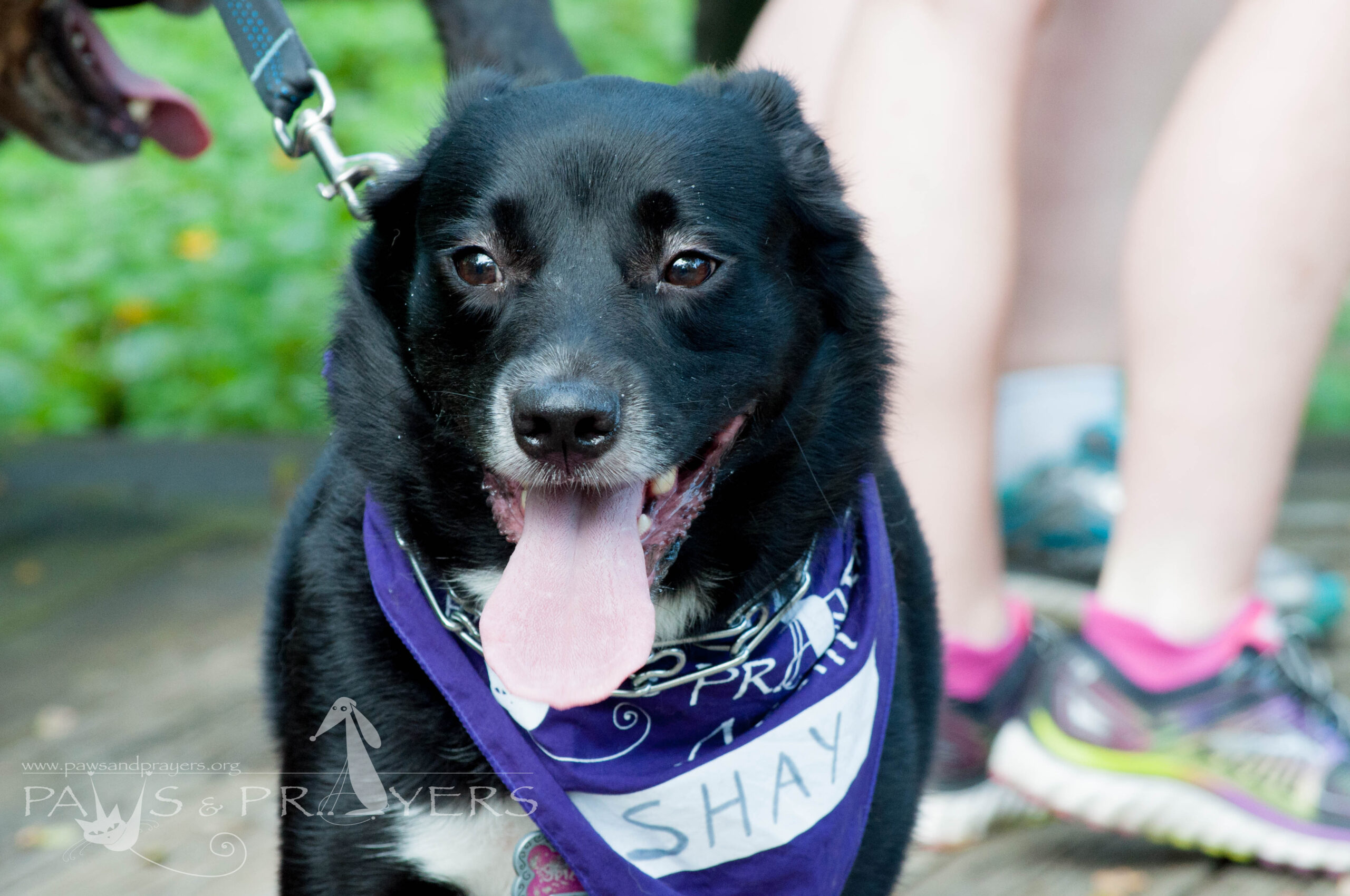Parvo: you may have heard it whispered around the office or neighborhood. You may not know what it is, but you have the suspicion that it’s something bad. For those unfortunate enough to have had a puppy suffer from it, they know that it is AWFUL!
Canine parvovirus is a viral infection that affects a dog’s gastrointestinal tract (the stomach and intestines). While this virus only affects dogs – particularly puppies – cats have their own version known as feline panleukopenia. The virus manifests itself as an inability for the dog to get enough fluids in them to keep them from dehydration. The typical signs are lethargy, vomiting and diarrhea. When a dog is infected with the virus, the virus can pass through the dog’s digestive tract with no signs. It will take 7-14 days for the virus to take over and then it will make the dog very ill, very quickly. At the time when signs are presenting, the dog is typically in critical condition. The dog will be unable to eat or drink and will have uncontrollable diarrhea, usually containing blood.
Have I scared you yet? You are wondering, “How can my dog get parvovirus?” It is transferred much easier than you might think. It is transmitted through a dog’s feces. When a dog ingests contaminated feces, the virus will start spreading through the digestive tract. You may be thinking, “Well, my dog doesn’t eat poop so I am safe.” Unfortunately, no dog is completely safe. Any dog can shed the virus. When wildlife pass through your neighbor’s yard and then into yours, the feces can be brought into your yard. Any dog at a dog park or hiking trail can be spreading the parvovirus. Just because a dog doesn’t look sick, it doesn’t mean they aren’t carrying the virus. Remember: it takes 7-14 days for the virus to incubate and thrive before the signs will show. While the virus is most common in puppies, older dogs can also shed the parvovirus as well. Their immune system can fight it off, so signs may never appear – however, they can still be carriers for the virus. All it takes is for your dog to walk through a contaminated patch of dirt — your dog now has the virus on his or her paws and may go home and clean themselves, licking the virus off of their fur. It is that simple.
How do you protect your dog? The only way to protect your dog is through vaccinations. As a puppy, it will take a series of multiple vaccinations. Just because your dog has had a vaccine once, it doesn’t mean your dog is protected. It will take a series of shots at a specific schedule to build your dog’s immunity. For a puppy, it is usually recommended that the vaccines start at 6-8 weeks. The vaccines will then need to be boostered every 3-4 weeks until the puppy reaches approximately 4 months of age. For adult dogs over six months of age, the first vaccine will only need to be boostered once, administered approximately 3-4 weeks after the first vaccine. Your dog should then be boostered every year. No vaccine is considered 100% effective. It is the best way, however, to protect your treasured pet.
For more information, check out this in-depth post on the topic from The Humane Society.

